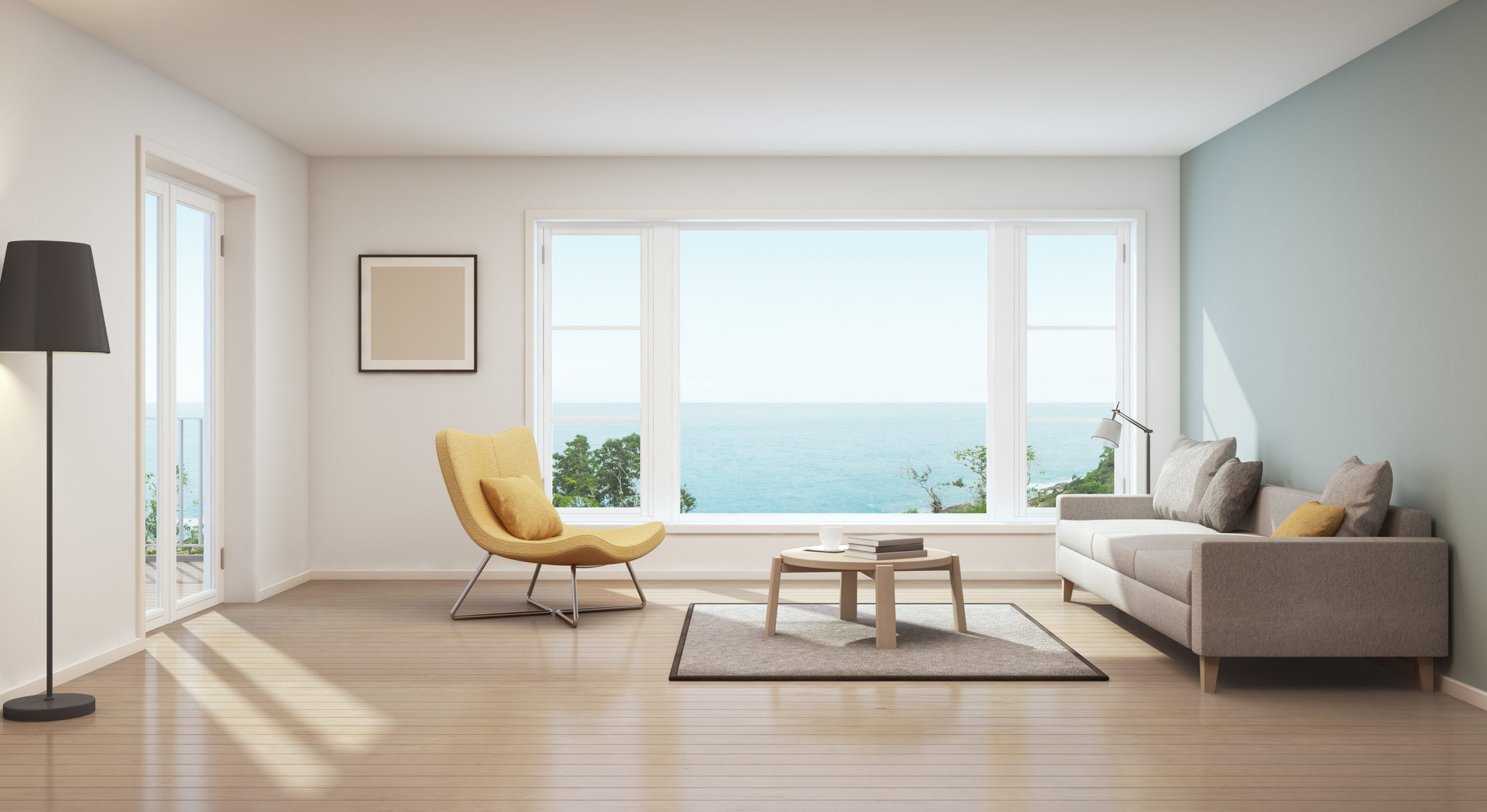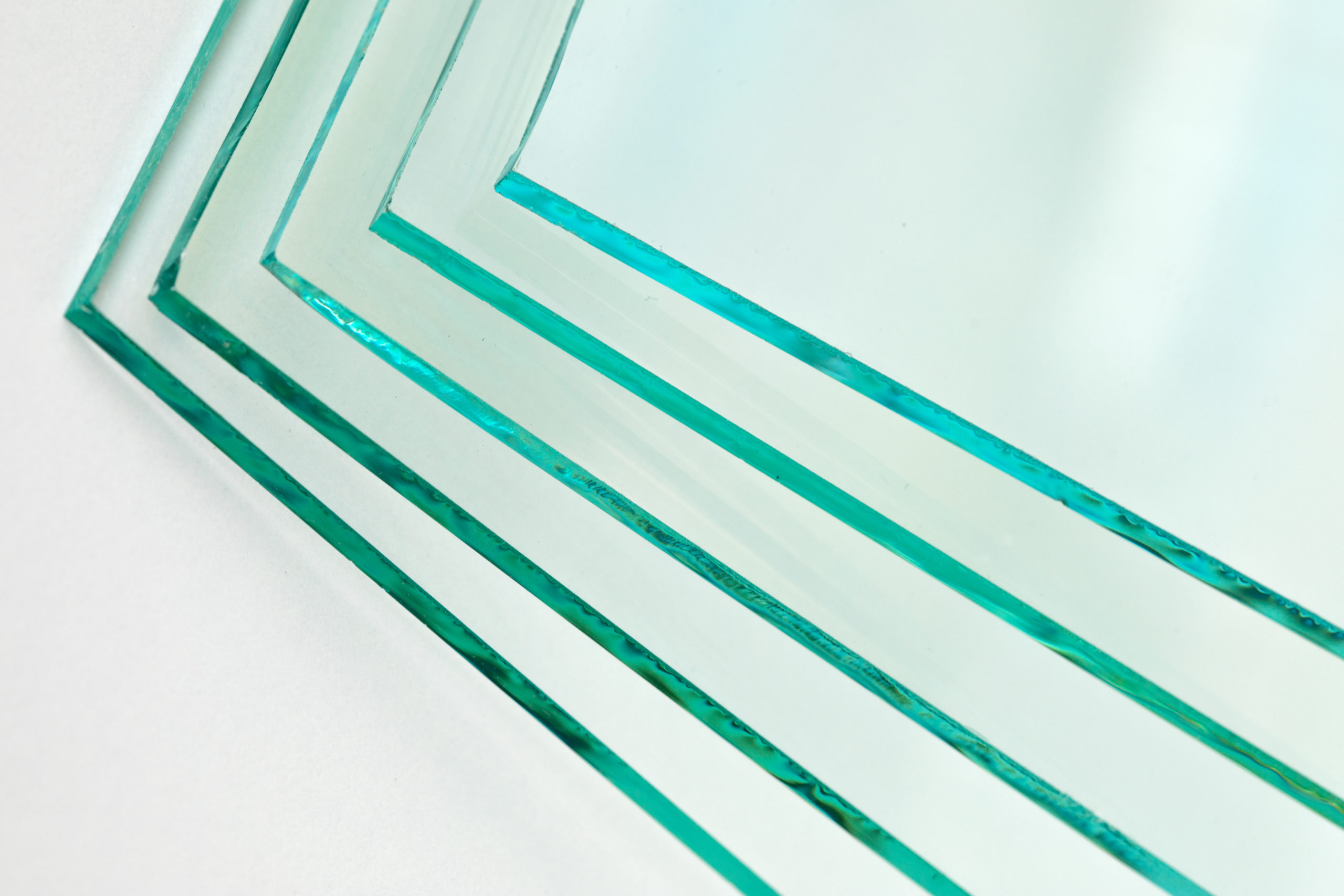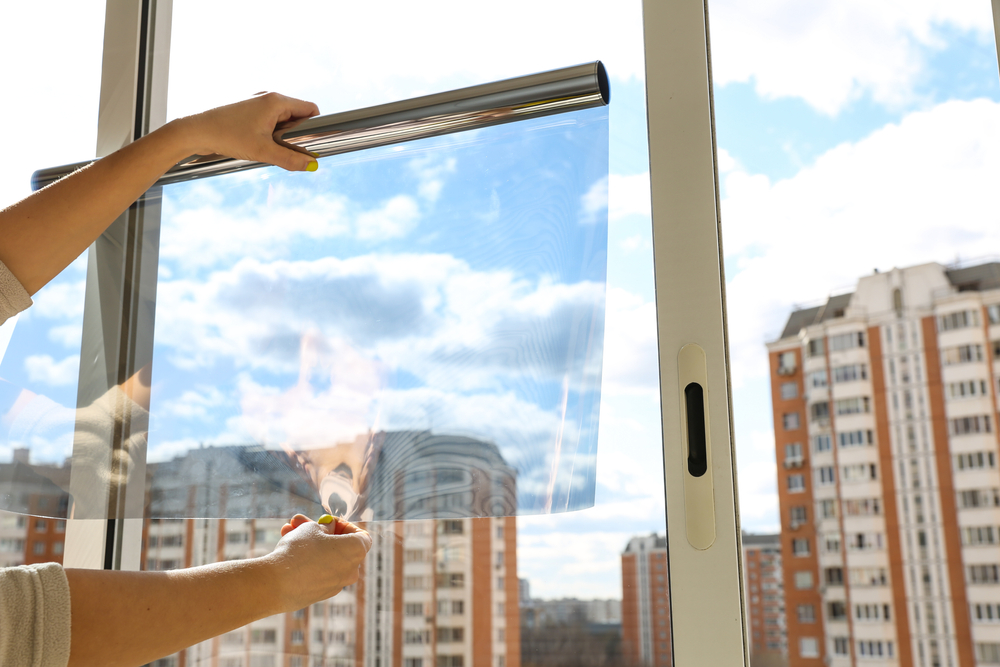
Living on the coast has many advantages, spectacular views, a variety of outdoor activities, and high-value properties just to name a few, but every coin has 2-sides, and one of the major disadvantages is the frequency and sometimes unpredictability of tropical storms and hurricanes.
With the ever-present threat of severe weather, the question of “how can I be sure that my home is protected?” often arises.
One way is to ensure that your openings to your home are protected, this can be done with shutters and/or by ensuring that hurricane-resistant impact glass is used where needed.
After the devastation from Hurricane Andrew in 1992, the need for improved construction technologies increased, as $25 billion in damages and claims on properties caught the state and country off guard.
Out of several years of research, impact glass came to be, with PGT Windows & Doors being the first company to not only provide impact windows but also help write the impact code that is now being used along the country to fortify homes. But what is impact glass?
Impact glass, also called hurricane or laminate glass, is an innovative construction material that is intended to safeguard a house from major weather events, like tornadoes and hurricanes.

Impact glass is comprised of three-layers; the interior and exterior panes as well as an O90 inner vinyl layer that is composed of PVB (polyvinyl butyral), SGP (sentryglas plus) or ethylene-vinyl acetate (EVA) or a combination of these materials, and typically has an overall thickness of 5/16th”.
This is opposed to standard glass windows (see below), which are formed of float glass, a single sheet of glass made by floating molten glass over a bed molten low-melting point metals (typically tin), that shatters into large pieces when impact from objects are sustained.

The shards from standard float glass are extremely sharp and dangerous, but so is having an open window, as it will also expose the interior of a house to wind, rain, and storm debris, neither of which are desirable nor necessary y during a hurricane.
Many products are being promoted as “impact glass/windows” but don’t truly meet the criteria for that designation. Here we’ll discuss what certifications are necessary for glass to truly be considered as impact rated glass.
To start, let’s go through the fundamentals of hurricane impact window ratings. There are two terms that are commonly referred to when discussing ratings: Design Pressure (DP) and Performance Grade (PG).
The design pressure rating is an older rating system that represents the capability to withstand wind pressure and is symbolized by a number. The higher the number, the better the resistance. There are three (3) criteria that make up DP: wind perforation, structural load capabilities, and water perforation. DP ratings are only required to meet two out of three components when testing. Many fabricators will only disclose the lower segment, but some misleading manufacturers utilized the higher number to misrepresent the effectiveness of their product.
Performance Grade ratings are regarded as the most accurate measurements, as they were designed to facilitate a more efficient measurement.
The Saffir-Simpson Hurricane Wind Scale classifies hurricanes regarding sustained winds in the following categories:
In the DP rating scale, every 10 points is the equivalent of a hurricane level. So, a DP rating of 20 should be able to withstand a Category 2 hurricane, a DP rating of 30 should withstand a Category 3 hurricane, and so forth.
There are 2 different set of standards when it comes to impact windows Miami- Dade and the American Society Testing Materials (ASTM). The industry standard being the latter.
For a laminate window to be approved as impact resistant it must be certified to meet either Miami-Dade TAS 201, 202 and 203 or ASTM E1886 and E1996 (Wind Zone 3* or 4, Missile Level “D”) impact tests –these standards tests methods for performance of exterior windows, curtain walls, doors, and impact protective systems that are impacted by missile(s) and exposed to Cyclic Pressure.

A window cannot pass these tests without additional strengthening of their frames, sashes, and locking systems, as well as incorporating laminated glass to prevent the glass from coming out of the window when it breaks during the testing. The missile impacts always break the glass, if it is not laminated the glass will fail and hurricane force winds will enter the structure. The Cyclic Pressure test is the most brutal part of these testing standards (see video after the section below).
Let’s say that a manufacturer submits the window for testing after they’ve determined the DP rating of the window using ASTM E 330.
In this case, three separate samples of the window would then be impacted with a 9 lb. 2×4 moving at 34 MPH (50 feet per second) at different locations, then those three windows are immediately subjected to 9000 cycles of positive and negative pressures to simulate hurricane gusts over a long period of time. Hurricanes can be slow moving and can last for hours and in some rare cases, days.
In short, if the window only has a DP rating, it means it is not Impact Rated. Wind pressure rated is not Large Missile Impact and Cyclic Pressure rated, you need both the DP rating and Impact Rating.
Watch this Video of the large missile and cyclic pressure testing:
Yes, there are several types of impact glass with varying levels, depending on manufacturer, however, if the glass doesn’t meet the previously mentioned protocols, then it is not impact resistant.

NO! Window film, also called safety & security window film, is not an approved substitute for hurricane window protection, it can, however, add an extra layer of security to your glass.
Window film CAN NOT pass the impact & cycling test.
In a nutshell, impact windows and doors are a strong and durable way to add protection to your home from wind, water, flying debris, and more. Laminate glass provides an additional layer of security from outside impact (like intruders) as well as increasing energy efficiency—which equals savings. Additionally, opening protection such as impact doors and windows, may provide additional credits or discounts with some homeowner’s insurance policies, be sure to contact your agent to see if you’re eligible.
Regardless of if you are remodeling your home or building a new one on the coast…the openings are a key part of it. Do your due diligence and ensure that your structure is protected, as the threat of severe weather is an ever-present concern, while providing yourself with additional savings.
Should you have any questions about your windows or doors, please contact us to schedule an appointment at 888-964-8776 ext 2.
Copyright 2023© - Disaster Smart - All Rights Reserved®.